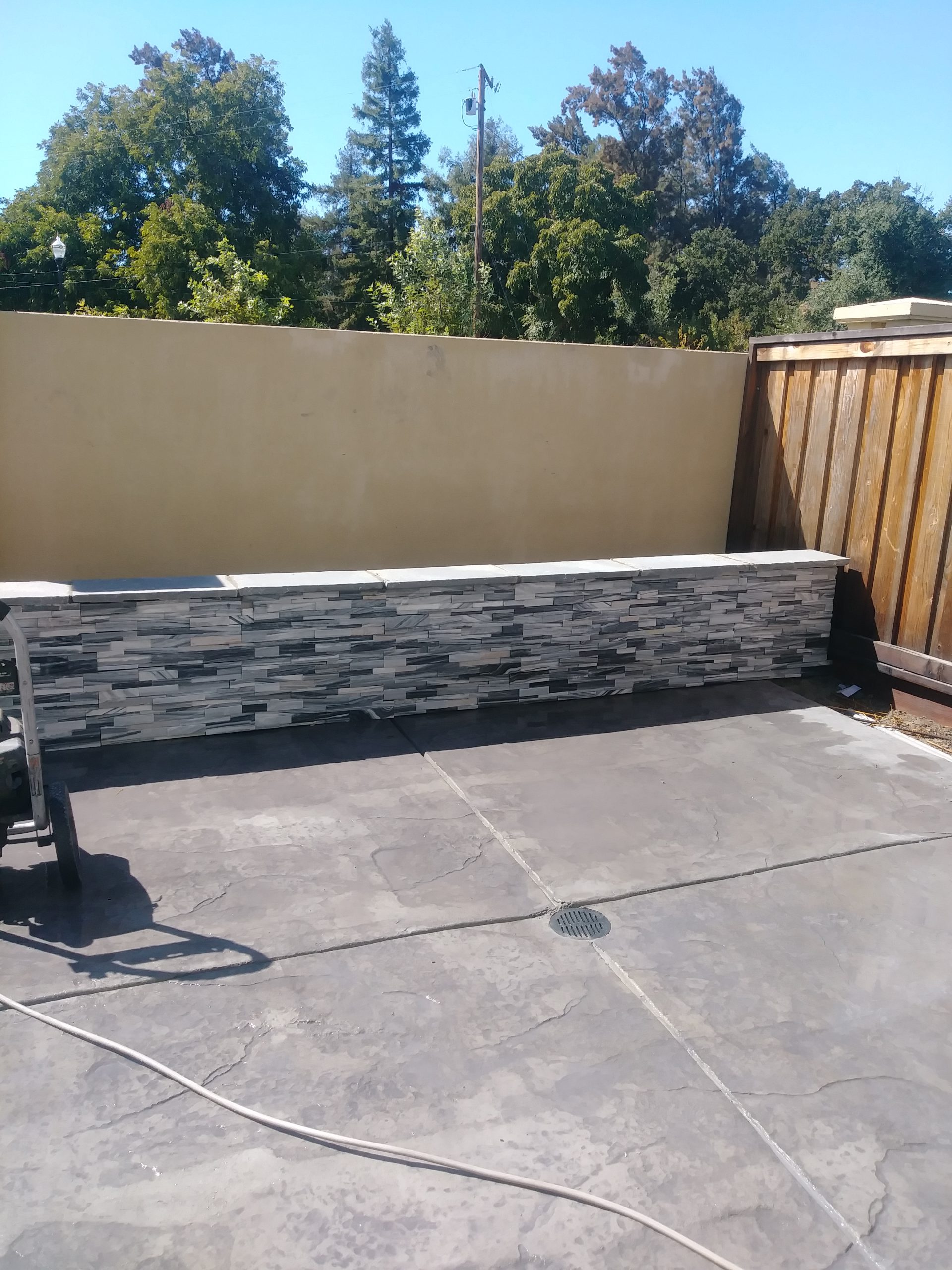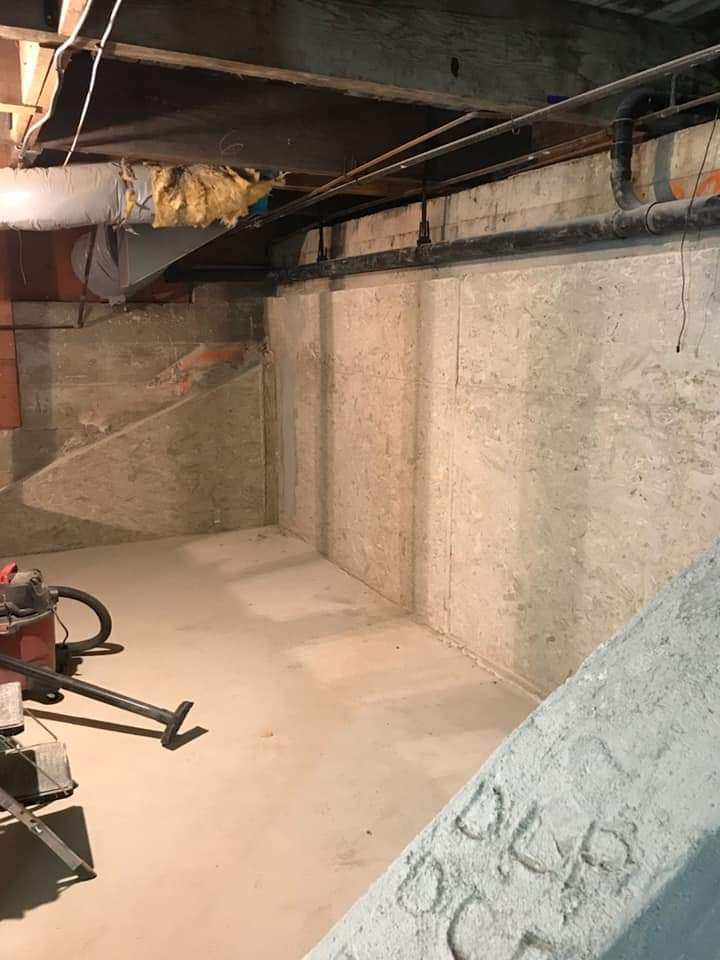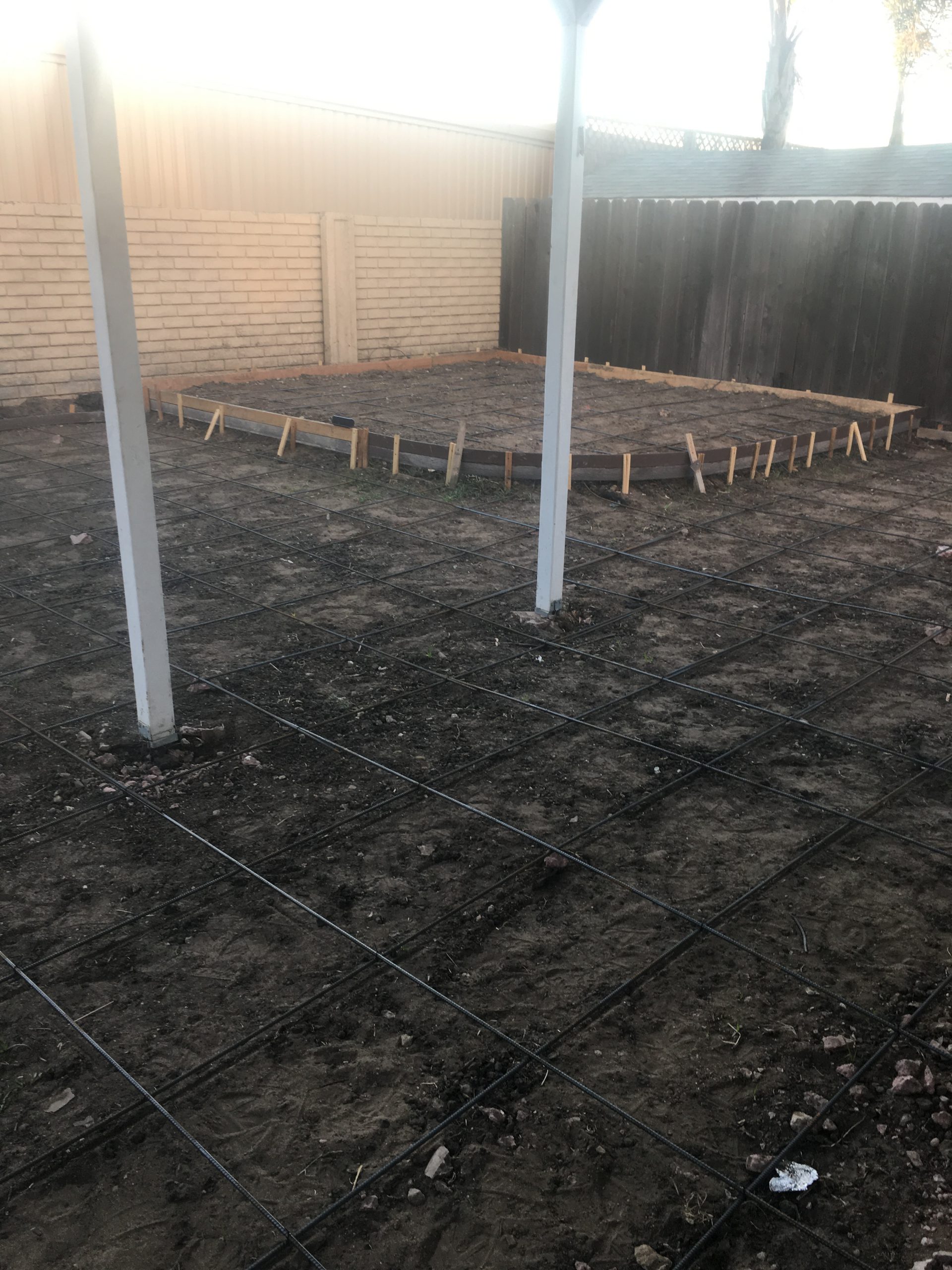Which Is Better Raised Foundation Or Slab?
There are two types of foundations that you have to consider when building a home.
The first is the “raised” floor, a framework created around the exterior of the building on which it has a nailed sill or base plate, and then they build the house on top. Most older homes were constructed with crawl spaces and with elevated floors, up to the early 70s. For all but the oldest homes have large lag-bolts to hold the house firmly attached to the foundation.
Today, however, it is very heavy and costly to excavate the space inside the footings, set forms for the footings, and create the raised bottom. Builders, therefore, favor the concrete slab foundation, which is both quicker to build and easier to build. Many developers are setting down “application lines,” such as water lines and cables, into the base. Most of the time, everything is good, but if the house is exposed to insufficient drainage and “heating” happens, all the pipes in the slab may be disabled, and the only way to fix it is to jackhammer through the paver section to get to the service line. It’s not always the case, but it can be really expensive to repair when it does. Homeowners with slab foundations must be vigilant in ensuring that water drainage in and around the home is always “good,” meaning it leads away from the house.
Well-made raised stem floors, like those used for crawl spaces, tend to settle relatively uniformly over time, while slabs are prone to settling and cracking incoherently. It depends on where you live which form of base you need to decide.
When you’re in an incredibly wet spot, slabs are safer, but they will lift the block on around one foot of fill. Slab base also offers greater house stability. If you see a slanted building, then there is a major problem with the base. When you preview houses, look at the structure and the foundation. Professionals should search for any cracks or inclined areas. Call in a consultant for testing if in doubt.
Pros of a Raised Foundation
Raised foundation homes can shift even with their deeper footings, so maintaining drainage around the raised foundation is equally critical. But, you will also have better access to all utilities— water pipes, electrical lines, and heating/ventilation. The only thing you’ll find in an older home is sometimes “expansion cracks” in the drywall across the door tops and at home corners. The explanation for this is, of course, that the building is shifting ever so slightly, and drywall cracks will appear over time.
The elevated houses are evidently easier than concrete slabs to walk and stand on. Although it may be easier to clean a concrete slab in areas such as the kitchen, office, or bathroom, it is also tougher on the body. If you live in an environment prone to flooding, you will be paying less premiums for an elevated floor structure.
The elevated floors are cooler than slabbed surfaces. Concrete appears to stay cold. When the concrete slab is on the ground, it will also continue to suck up moisture into the home and become a persistent mold source. This mildew, if unchecked, can be very dangerous and expensive.
Raised floors make it much easier for the homeowners to move plumbing than with a concrete foundation. Pipes are in stone set into concrete slabs. Plumbing allows the concrete floor to be teared up and re-poured to move a kitchen sink or toilet. You’ll get quick access to all your pipes with a raised board.
Pros of a Slab
Some of a paving stone’s benefits include low maintenance. When a concrete floor is poured and completed it is practically trouble-free. If sealed, there is not a whole lot of stuff going to penetrate the lock. Dropping objects onto the concrete would damage the object even more. Don’t put your phone down on a concrete board! It’s a really easy repair if the concrete gets hurt. For a look like wood, brick or tile, you can paint or stain concrete. To protect your home from the winter months, heating elements may be built in concrete. Concrete may also be tiled, carpeted or even painted in a number of colors, once laid. A slab has options for style, for those who think this is significant.
Conclusion
There are many factors that need to be weighed when it comes to slab vs. raised foundations. One of the most significant factors is the environment in which you, for example, can do better in the way of safety if you live in an area vulnerable to earthquakes. That is the same explanation if you’ve lived in flood-prone areas. But if you’re in an environment that’s susceptible to molding, you may want to go for a dice.



Need a Second Opinion on Your Concrete Foundation?
We’re here to fix your home’s foundation, no matter what problem may exist. We have the specialized equipment, services and professional experience that you need to make permanent improvements to your building’s foundation. To get you started on the right foot, we would be happy to give you a free quote for the repair of the foundation. When you reach out by phone or email we will have one of our foundation experts answer any questions you have and explain how we can restore integrity and structural stability to your home or company building permanently. Successful concrete projects require careful planning and thorough preparation. Spaulding Concrete reviews the site and designs to ensure that the concrete and base structure follows the criteria for the planned use and that the layout and finishes are suitable for the project. The qualified concrete experts at Spaulding Concrete will be on schedule, on budget and meet or exceed standards by careful planning, professional execution, and strict quality control.
To schedule your free quote, call or email us today! We are proud to serve Orinda, Lafayette, Moraga, Pleasant Hill, Concord, Martinez, Pittsburg, Antioch, Brentwood and the surrounding areas.
This page is sponsored by San Francisco SEO agency Magnified Media.
